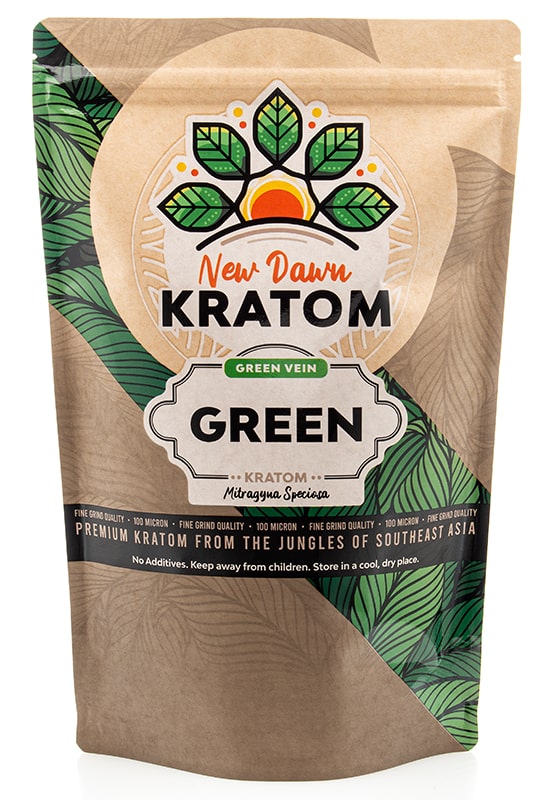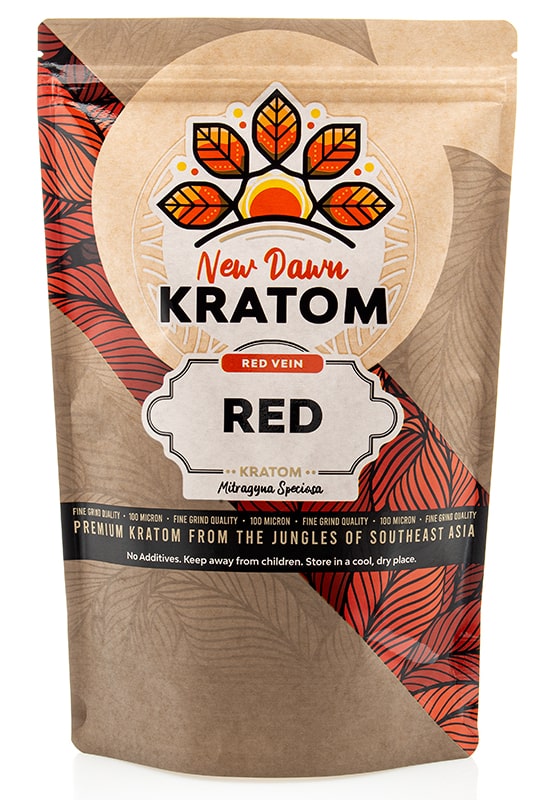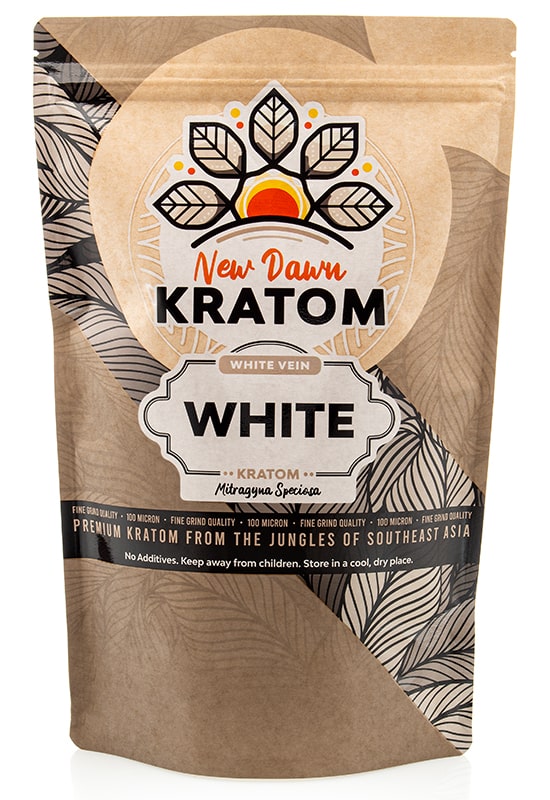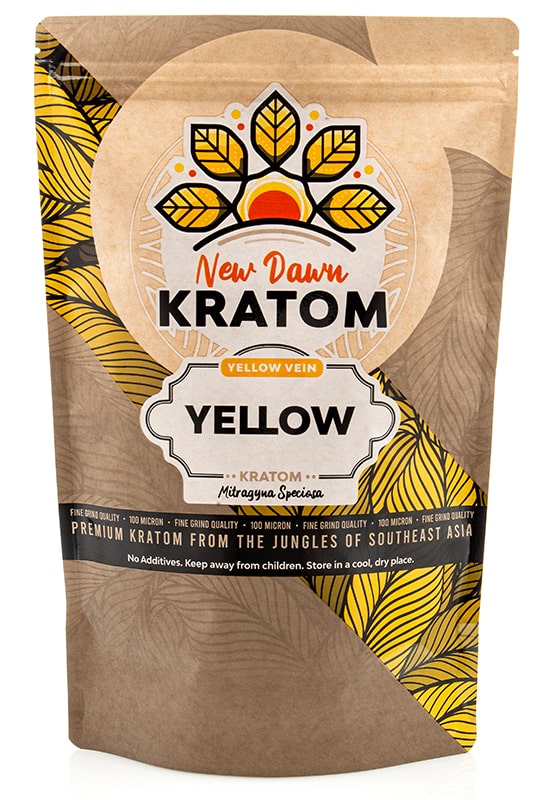Almost everyone knows what kratom is and what it does. Sure, many of these alleged effects are still only speculation since there isn’t enough scientific evidence to confirm how kratom really affects the body. Nevertheless, kratom supporters and advocates can tell you all about the herb and all of the wonderful benefits that it provides. But this article will provide you with kratom nutrition facts that provide the benefits.
But while most of the kratom patronage might be able to tell you what kratom can do for your body, most of them probably don’t know what’s actually in a spoonful of kratom. No, we’re not talking about mitragynine or all of those other alkaloids. We’re talking carbs, proteins, and micronutrients. Wondering what’s in a spoon of speciosa? Find out here.

Kratom Nutrition Facts
Serving size: 1 cup
| Calories per | 80 kcal |
|---|---|
| Carbohydrates | 17g |
| Proteins | Less than 1g |
| Fat | 2g |
| Calcium | –% |
| Iron | — mg |
| Potassium | — mg |
| Sodium | Less than 0.1mg |
| Vitamin A | –% |
| Vitamin C | –% |
Even at a serving size of 1 cup, it’s easy to see that kratom doesn’t really contain much in terms of both macros and micros. Taking a tablespoon of kratom powder a day would add no more than just 5 calories to your daily dietary intake. Obviously, kratom also isn’t too packed with the usual micronutrients like potassium, iron, calcium, and vitamins A and C.
The reason for this is that kratom is mainly fiber. Notice how when mixed with water, kratom doesn’t melt or dissolve. Similarly, when it passes through your system, it isn’t digested and broken down.
Instead, it comes out exactly the same — as powder. But you might not notice that since it’s going to be mixed in with all of the other stuff that you eat. So if kratom only passes through the system and it doesn’t contain a robust nutritional profile, where do its effects come from?
Kratom’s Alkaloid Content
Alkaloids are naturally occurring chemical compounds that are produced in the kratom plant’s leaves. The most abundant alkaloids in the kratom plant are mitragynine and 7-hydroxymitragynine. Studies on these two compounds are limited, however, initial reports suggest that it directly interacts with the receptors in the brain.
Presently, there’s no way to accurately measure how many alkaloids a kratom sample contains. However, there are some markers that might be able to indicate whether or not a specific kratom product contains more alkaloids than others:
Lab reports
Kratom lab reports can’t measure alkaloids or other micronutrients in a kratom sample. However, they should be able to tell you whether or not the product contains harmful compounds like heavy metals, mold, and salmonella.
From a safety standpoint, this is definitely beneficial. But more than that, you can be sure that products that don’t contain these harmful components were properly and safely handled, harvested, dried, and processed. That effectively protects the plant’s chemistry and preserves its alkaloid content.

Transparent sourcing
Kratom grows native to Southeast Asia. And while you might be able to cultivate it in the temperate climate of North America, it’s not going to be quite as potent since it’s being forced to grow in conditions that aren’t ideal.
Most reputable kratom sources will have some form of proof to tell you where their raw product comes from. Others will even go as far as taking routine trips to Southeast Asia to talk and deal directly with kratom farmers in those parts of the world.
Purity
Kratom shots, resins, tinctures, and edibles can be pretty exciting to try. But the more you process kratom and the more ingredients you toss into the mix, the less potent the resulting product will become.
While there’s definitely nothing wrong with exploring your horizons, it’s equally important to make sure that your standard go-to doesn’t incorporate too many additives. Plain old kratom powder or capsules should be more than good enough to give you the results you’re after.
Freshness
The moment kratom’s leaves are plucked off of the plant, the deterioration process begins. Those alkaloids will start to break down as soon as the leaves are harvested. So a bag of old kratom powder that’s been sitting on the shelf for a year will probably be only half as effective.
Purchase your kratom from small vendors that don’t stock large quantities of bulk kratom at a time to make sure you’re getting a fresh batch. Also, try to buy just enough kratom to last a few weeks or a month to avoid storing your stash for too long.
Kratom Nutrition Facts: What’s in a Spoon of Kratom?
You probably wouldn’t call kratom the breakfast of champions, but those macros and micros aren’t really what it’s all about. The power of kratom comes from its alkaloid content. So if you were taking a dose in the hopes of satisfying your recommended daily intake of various vitamins and minerals, you might be barking up the wrong tree. Get your macros and micros elsewhere, and rely on kratom for its powerful alkaloids instead.




